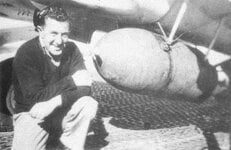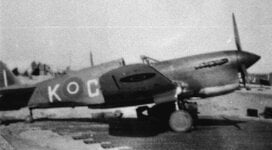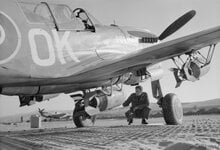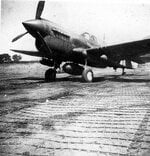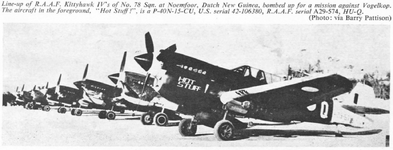Thank you for the tables.Attached are the range specifications for a typical P-47C, ranging from the C-1 to C-15 sub-blocks. On internal fuel, the aircraft is loaded with 305 US Gallons at a take-off weight of approximately 13,500-lbs. This provides the following:
P-47C: 305 US Gallons internal, 13,500-lbs take-off weight, 650-miles range at Maximum Cruise power, or 400-miles at Maximum Continuous power (325-miles at low altitude).
As a side note, the P-47D razorbacks were also with just 305 US gals of fuel in the internal tanks. The P-47D bubbletops received the bigger (taller) main tank, with 270 gals now, for the total of 370 gals per aircraft.

